Text 1987 by Will Steger and Paul Schurke. Maps 1987 by David Lindroth. Afterword 2015 by Will Steger and Paul Schurke. Other materials by the Minnesota Historical Society. All rights reserved. No part of this book may be used or reproduced in any manner whatsoever without written permission except in the case of brief quotations embodied in critical articles and reviews. For information, write to the Minnesota Historical Society Press, 345 Kellogg Blvd. W., St. Paul, MN 55102-1906.
www.mnhspress.org
The Minnesota Historical Society Press is a member of the Association of American University Presses.
Manufactured in the United States of America
10 9 8 7 6 5 4 3 2 1
 The paper used in this publication meets the minimum requirements of the American National Standard for Information SciencesPermanence for Printed Library Materials, ANSI Z39.48-1984.
The paper used in this publication meets the minimum requirements of the American National Standard for Information SciencesPermanence for Printed Library Materials, ANSI Z39.48-1984.
International Standard Book Number
ISBN: 978-0-87351-990-8 (paper)
ISBN: 978-0-87351-991-5 (e-book)
Library of Congress Cataloging-in-Publication Data
Steger, Will.
North to the Pole.
pages cm
Summary: A first-person account of the 1986 dog-sled expedition to the North Pole, the first to reach the North Pole without resupply since Robert E. Peary in 1909.
ISBN 978-0-87351-990-8 (paperback)
ISBN 978-0-87351-991-5 (e-book)
1. Steger, WillJuvenile literature. 2. North PoleJuvenile literature. [1. Steger, Will. 2. North Pole] I. Schurke, Paul. II. Title.
G630.A5S73 1987
910.091632
87-40197
This and other Minnesota Historical Society Press books are available from popular e-book vendors.
THIS BOOK IS DEDICATED TO THE SPIRIT
OF MATTHEW HENSON,
THE GREATEST UNSUNG HERO IN THE HISTORY
OF ARCTIC EXPLORATION.
ACKNOWLEDGMENTS
The spirit of our endeavor was the collective spirit of the many people who contributed their thoughts, prayers, time, talents, and material assistance to it. We are deeply indebted to you all for your support, and are honored to have shared this dream with you:
Bill and Margaret Steger, parents who nurtured a free spirit in their children with love and encouragement.
Roger and Lois Schurke, who instilled in their children the gift of inquisitive minds.
Susan Hendrickson-Schurke, the third leg of the tripod, who brought stability to our planning process and who served countless hours as the expedition seamstress.
Our support staff, the unsung heroes who lived, worked, fretted, rejoiced, schemed, and dreamed with us for many months: Gaile and Indre Antanaitis, Mary ODonnell, Darlene Quinn, Chuck Benda, Jon Petra, and Jim Gasperini.
The business staff and volunteers of our Minnesota Support Campaign, spearheaded by Senator Dave Durenberger, who worked diligently to fill our wish lists of expedition needs: Jean and Milt Larson, Dick and Debbie Bancroft, Bob Firth, Bill Monet, Donna DiMenna, Terry Lynne Nelson, Sanny Fredericks, Bill Heldt, Judy Stern, Carolyn Larson, Patti Steger, and many others.
The people of Canadas north, whose knowledge and traditions were an integral part of this project.
The sponsors who took the big leap of faith with us, in particular Ken MacRury, Government of the Northwest Territories; Wayne Shufelt, Du Pont Fiberfil; Donn Harling, Science Diet Dog Food.
The journalists through whom our story was accurately and sensitively shared with millions of people, in particular Jason Davis, Sharon Schmickle, Sam Cook, Don Fridel, Mike Zerby, and our friends at National Geographic .
The millions of followers who took part in this journey vicariously and whose thoughts and prayers gave us the extra edge we needed to reach the top.
Thank you. We felt all of you standing by us every step of the way.
PROLOGUE
O ur bodies, weary and bent from endless pushing on 1,000-pound sled loads, bolted upright. The dogs, too, snapped to attention, poised in alarm at the muted rumblings coming from a nearby twenty-foot mound of rubble ice. On March 15, 1986, Day 8 of our dogsled journey across the Arctic Ocean to the North Pole, the deep silence of the polar sea was broken. The moment we had dreaded through years of planning and preparing for this epic adventure was upon us.
In a momentary burst that roared to a crescendo like an avalanche, the ice had begun to shift. Huge, city-block-sized plates of firm, older sea ice, called pans, which cover the ocean in a quiltwork pattern, were being squeezed together by titanic forces in the deep black waters beneath. It was like an earthquake at sea. As the eight of us watched from our refuge in the center of the pan, jumping in place and windmilling our arms to bring warmth to limbs numbed by minus-sixty-degree temperatures, the ridge of cobalt blue blocks that bordered our pan like a hedgerow was thrust skyward to a height of forty feet. The ten-foot-thick ice beneath our feet groaned under the stress and began to throb like a giant heartbeat. Our five teams of dogs milled about nervously, some cowering alongside the sleds.
Some fifty miles out to sea, one-tenth of the distance to our goal, we had reached the zone where powerful ocean currents beneath the ice gain leverage over the intense cold that holds the ocean surface near the shores of Canadas high Arctic islands in frigid suspension. Dubbed the shear zone by early polar explorers, this transition zone between land-fast ice and moving pack ice had been found by many of them in certain years to be laced with gaps of open water, called leads, that can meander like a stygian river for hundreds of miles across ones route. Some early expeditions, including one of Admiral Robert Pearys turn-of-the-century attempts to reach the Pole, were critically delayed as the explorers waited for mile-wide gaps of black, fog-enshrouded water to close or refreeze.
Standing transfixed in apprehension and wonder, Paul Schurke and I, the leaders of this seven-man, one-woman expedition, pondered what fate the fickle polar sea would deal us. Our goal, in a deliberate throwback to Pearys days, was to reach the Pole solely by our own power and perseverance and that of our forty-nine sled dogs. Having embarked from Canadas northernmost shore with five sleds carrying 7,000 pounds of food and gear for the estimated sixty-day journey, we were determined not to rely on aircraft to hopscotch us over difficult stretches or bring in additional help or supplies when the going got tough. Unlike all other surface journeys to the Pole since 1909, the year when Pearys crew claimed to be the first to reach the top of the world, ours would be entirely self-reliant, pitting people and sled dogs against some of the most hostile and desolate surroundings on earth.
More than anything, this expedition was to be a giant exercise in faith: faith in the indomitable power of the human spirit, faith in the skills, knowledge, and resourcefulness my teammates and I had accumulated through years of wilderness travel, and faith in the fortitude of our Siberian huskies and Canadian Eskimo dogs. The kind of faith that moved mountains would, we believed, move our sleds and us over an ocean of shifting ice.

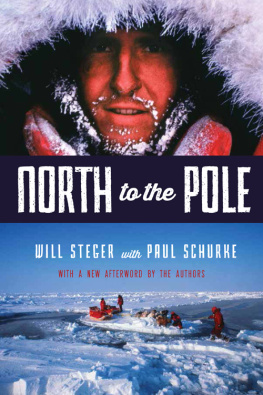
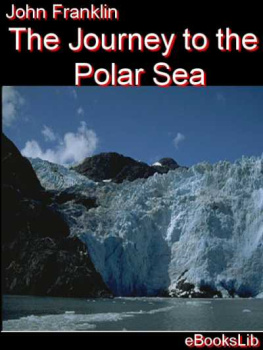
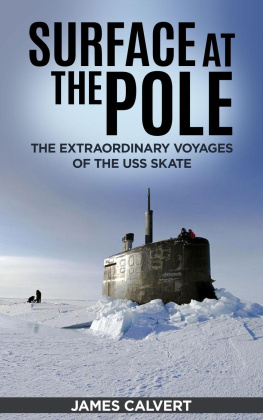

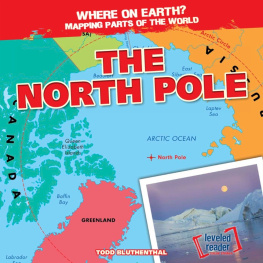

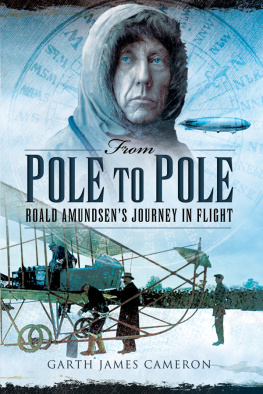

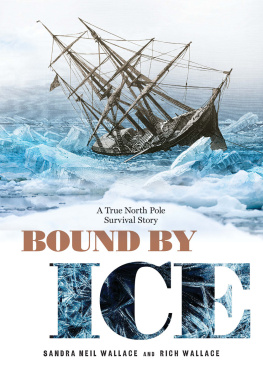


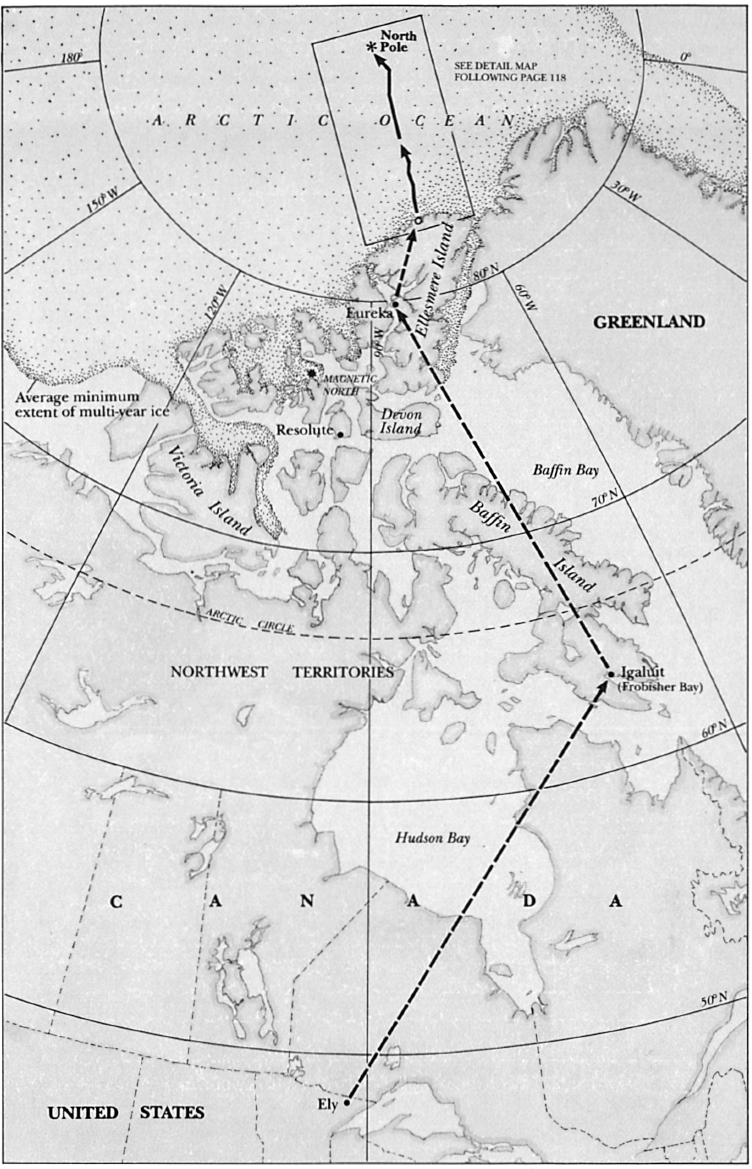
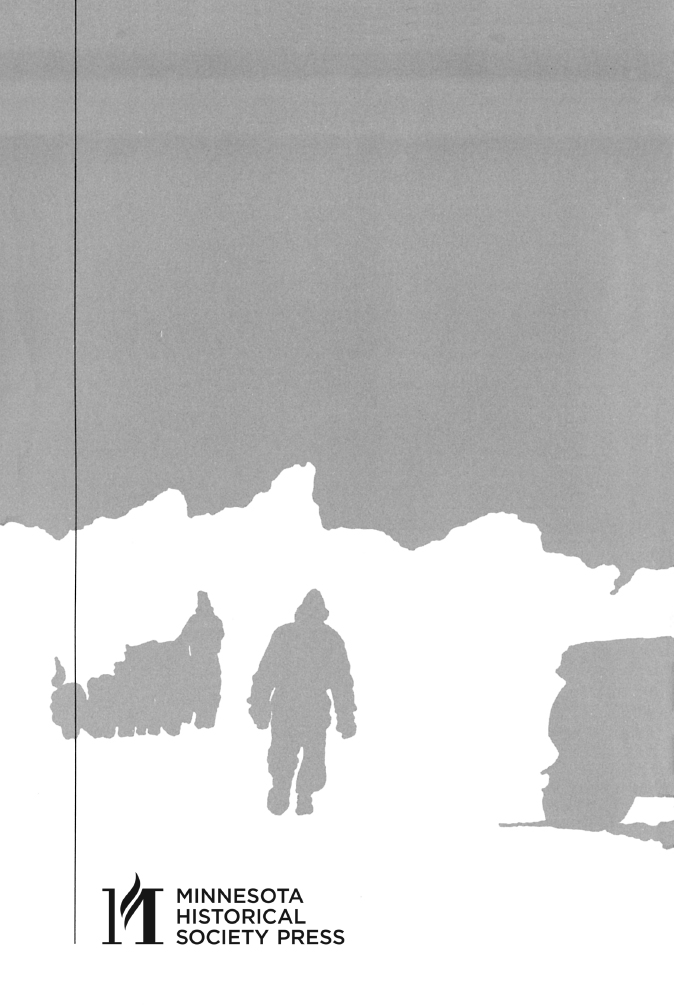
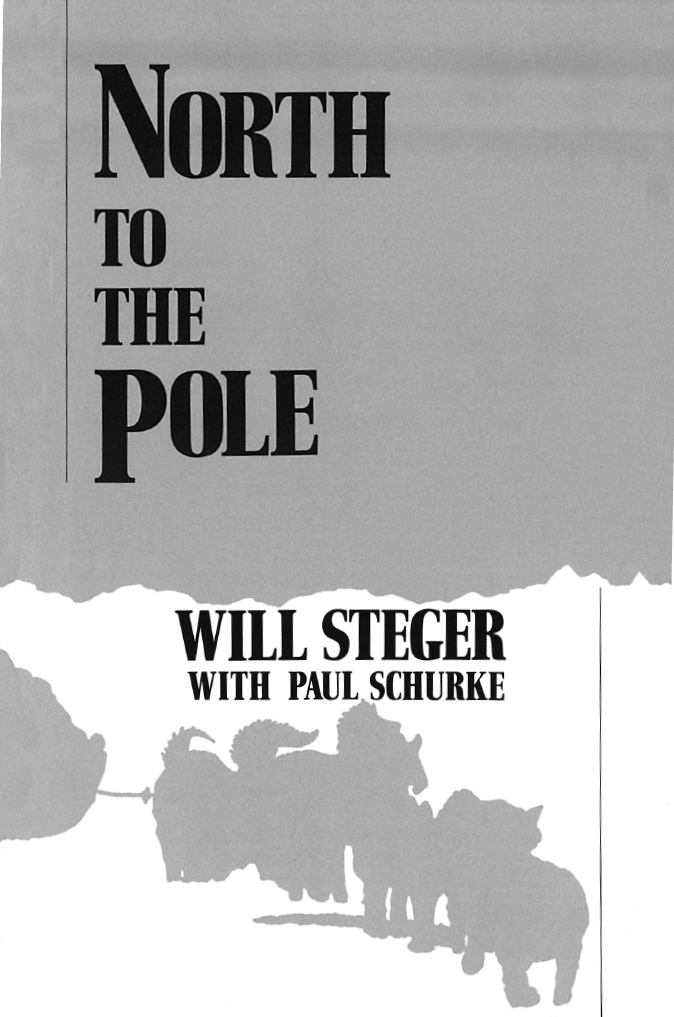
 The paper used in this publication meets the minimum requirements of the American National Standard for Information SciencesPermanence for Printed Library Materials, ANSI Z39.48-1984.
The paper used in this publication meets the minimum requirements of the American National Standard for Information SciencesPermanence for Printed Library Materials, ANSI Z39.48-1984.